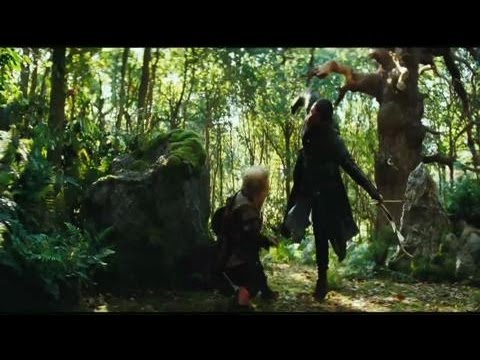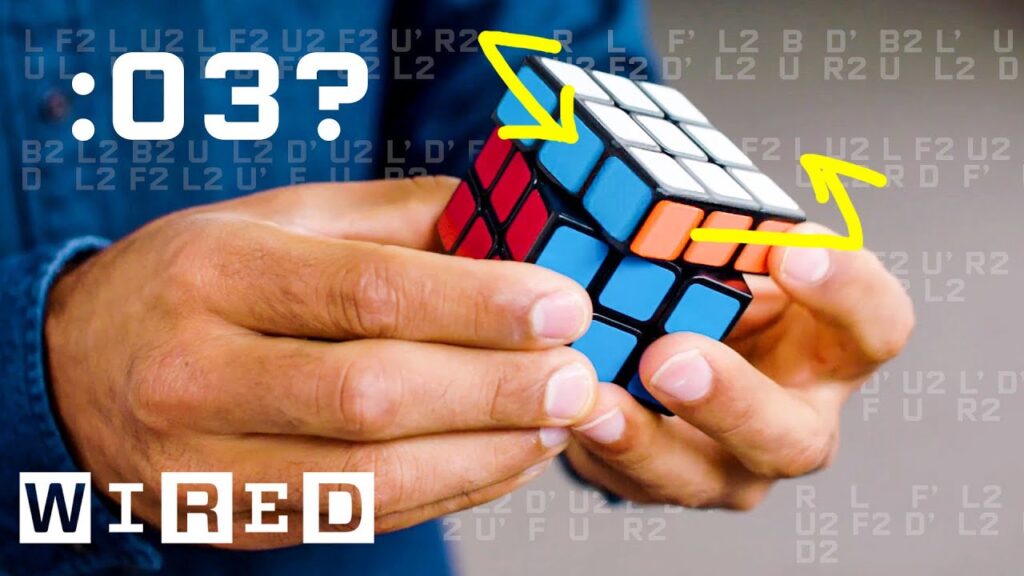Q&A: Creating Zero Gravity Scenes in Films like Ender’s Game and Gravity
Summary
In this Q&A, we dive into the complex process of creating zero gravity scenes in films like Ender’s Game and Gravity. We discuss the challenges of simulating weightlessness, the use of wire rigs, and ultimately the decision to replace actors’ bodies with digital versions.
Table of Contents
- Challenges of simulating weightlessness
- The use of wire rigs
- Replacing actors’ bodies with digital versions
- Why not make entire bodies and faces digitally?
- Conclusion
Introduction
In films like Ender’s Game and Gravity, creating realistic zero gravity scenes is not an easy task. It involves complex choreography and the use of wire rigs to simulate weightlessness. However, the use of wire rigs also brings about certain limitations, such as the inability to properly emulate the center of mass when an actor bends their body. In this Q&A, we will explore the techniques used to create realistic zero gravity scenes in films, and the challenges that come with them.
Challenges of simulating weightlessness
Q: What are some of the challenges in simulating weightlessness in films?
A:Simulating weightlessness in films is a difficult task because it is not a natural environment for actors to perform in. It requires careful choreography to make the movements look believable. Additionally, the use of wire rigs to simulate zero gravity brings about certain limitations. When an actor bends their body, the center of mass shifts away from the body, which cannot be emulated by a wire rig.
The use of wire rigs
Q: How are wire rigs used to simulate weightlessness?
A:Wire rigs are often used to simulate weightlessness in films, especially for scenes involving floating or jumping in the air. However, the limitations of wire rigs mean that they can only be used for certain types of movements. For instance, wire rigs are best suited for movements that involve the actor staying upright, as this is where the center of mass is mostly aligned with the body.
Replacing actors’ bodies with digital versions
Q: Why do some films replace actors’ bodies with digital versions in zero gravity scenes?
A:While wire rigs can be effective for certain types of movements, they are not versatile enough to create all types of zero gravity scenes. To create more complex movements, directors and visual effects supervisors sometimes choose to replace actors’ bodies with digital versions. When an actor is filmed on a soundstage, only their face is captured on film. Their body is replaced with a digital version, which can be adjusted to match the physics of zero gravity.
Why not make entire bodies and faces digitally?
Q: If digital versions are used for bodies, why not make entire bodies and faces digitally?
A:While it is possible to create entirely digital performances, it is still a lot cheaper to use the original performance of the actor and replace only their bodies. This is because creating a fully digital performance involves a great deal of time, effort, and money, and may not always be necessary for certain scenes.
Conclusion
Creating realistic zero gravity scenes in films is a complex process that requires careful choreography and the use of wire rigs or digital versions. Directors and visual effects supervisors must carefully balance the need for believable weightlessness with the limitations of available technology. Overall, the process of creating zero gravity scenes is a fascinating glimpse into the creative process of film making.







